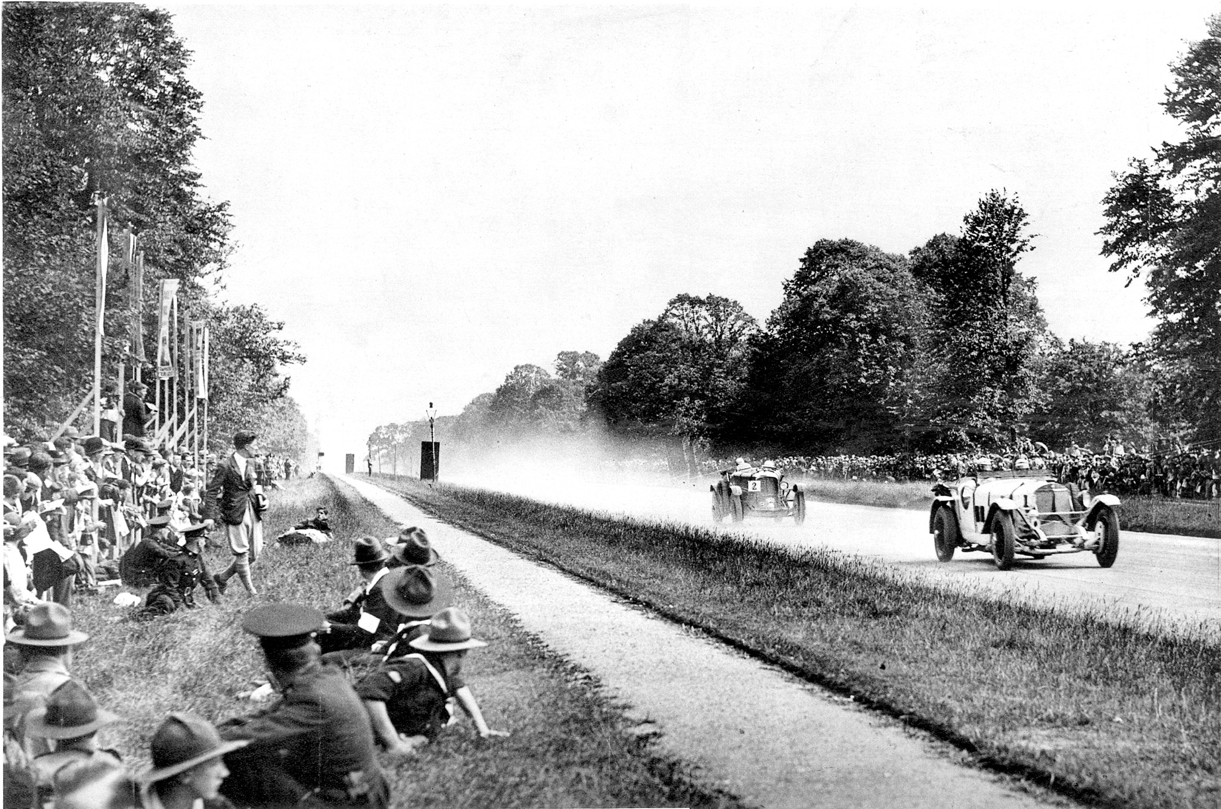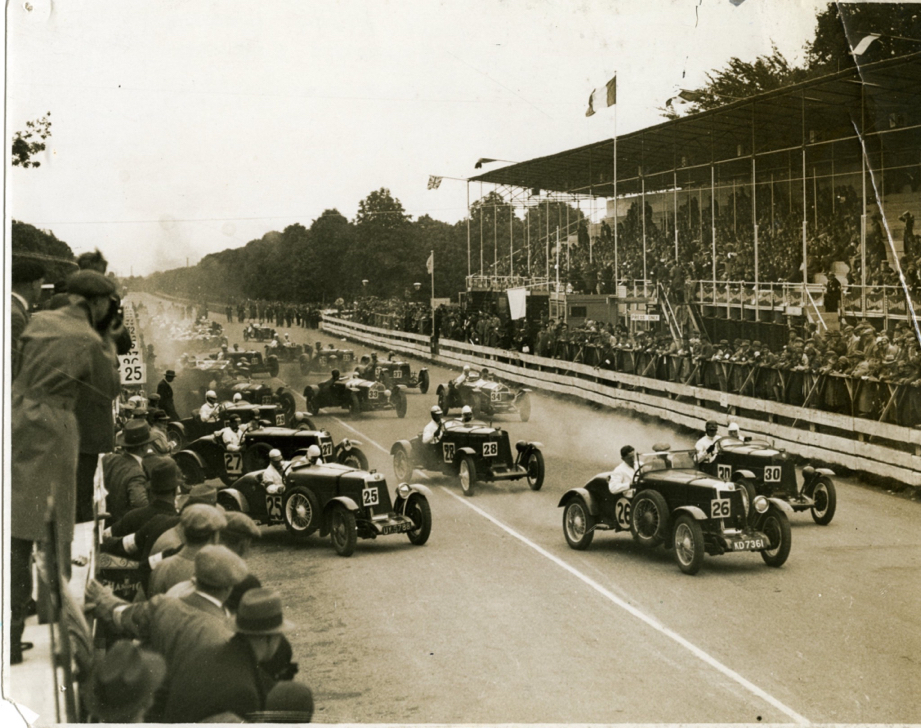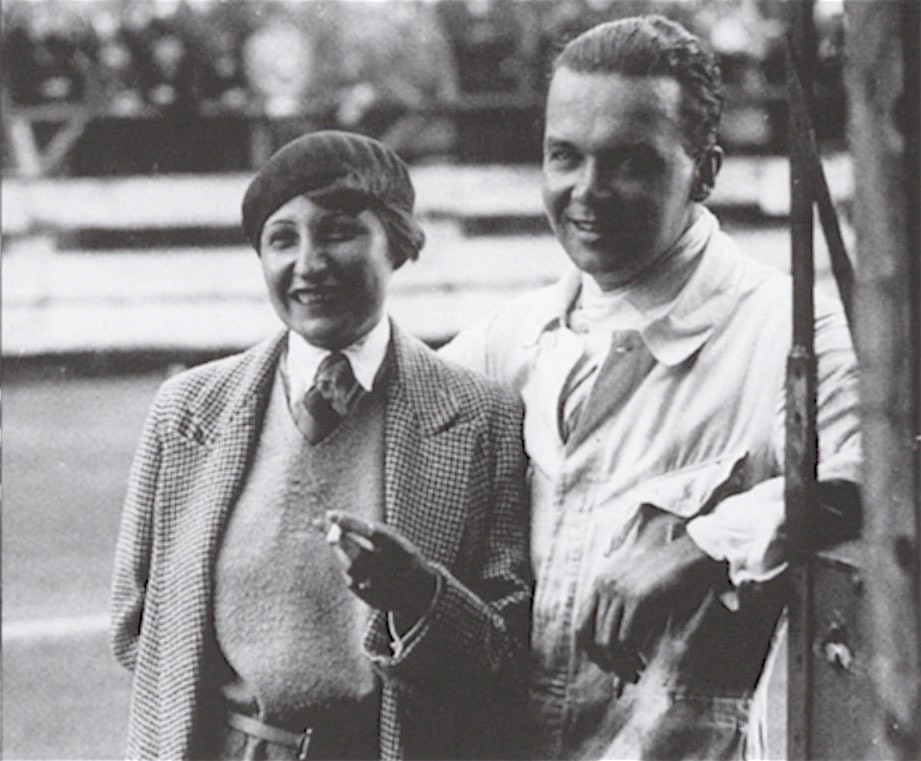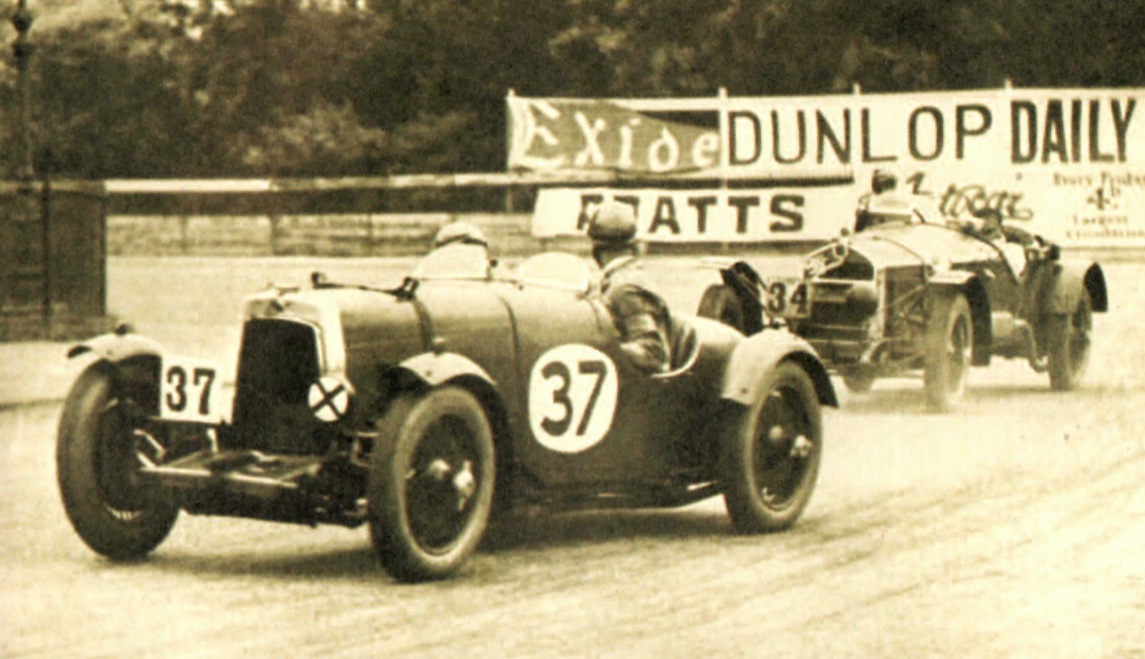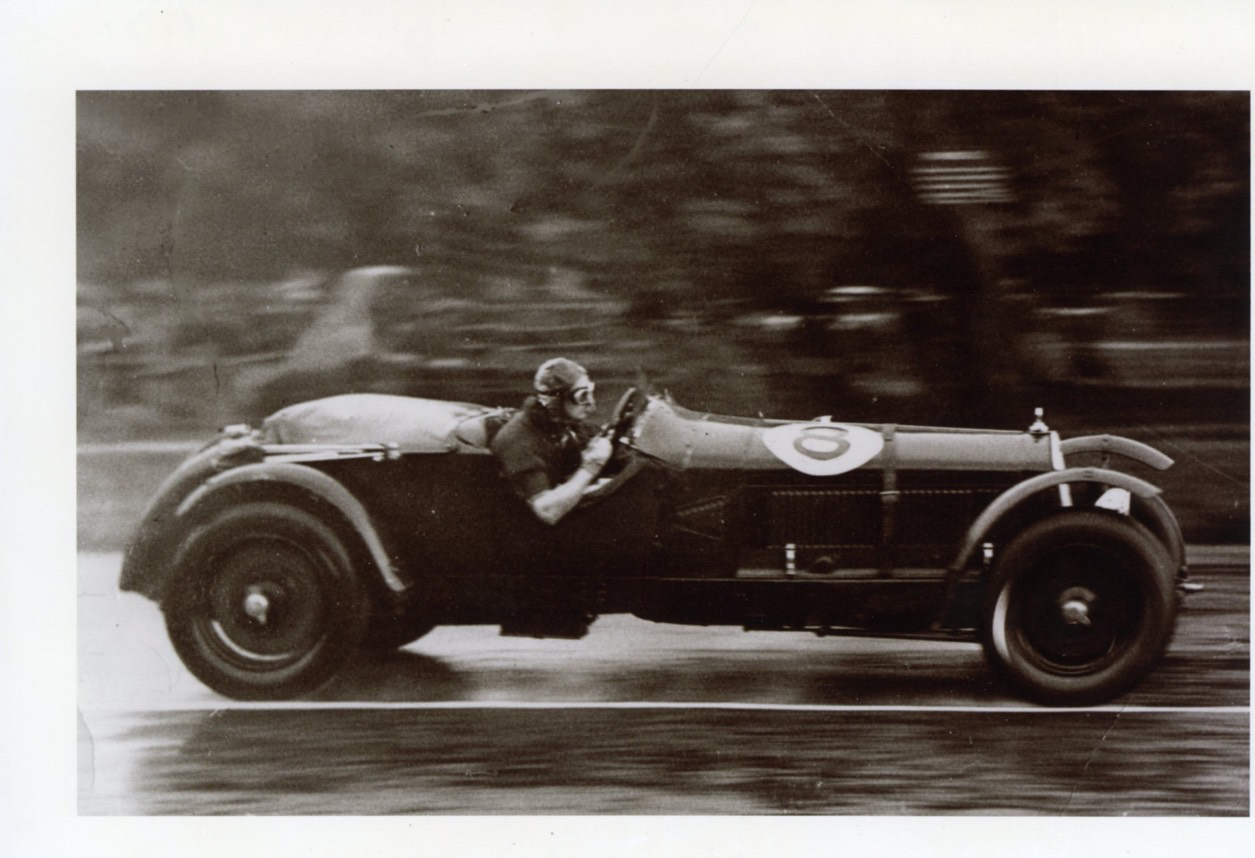How Triumphant Grand Prix In Phoenix Park Helped Nascent Irish Free State To Emerge On The International Circuit
- New book tells incredible story of WT Cosgrave’s ambitious plan to use motor racing to showcase Ireland as an independent and progressive modern country
- Many thousands watched racing cars roar around the Phoenix Park
- International press declared Irish Grand Prix ‘as the greatest ever held anywhere’
The Irish Free State at the end of the 1920s was still dominated by the events and repercussions of the War of Independence and subsequent Civil War. It’s international reputation was poor and the country was widely regarded as a economic backwater. Yet two events were to demonstrate the emergence of a new Ireland with a gift for organisation and an ability to stage events that drew worldwide acclaim.
The better known of these events was the 31st International Eucharistic Congress, held in Dublin in 1932, and one of the most remarkable public events to have taken place in Ireland in the 20th Century. Much less well known is the story of the series of Irish International Grand Prix held between 1929 and 1931, yet their influence was perhaps even greater than that of the Eucharistic Congress.
A new book by Bob Montgomery, The Irish International Grand Prix 1929-1931, is a truly remarkable exploration of the earliest efforts by the newly-founded Irish Free State to gain recognition as a progressive independent modern country by its international peers.
Bob Montgomery, is the Curator of the Royal Irish Automobile Club (RIAC) Archive, said: “If I think about it, I have been researching and preparing to write this book for a period of some 20 years. I began to note the stories from people who were there and to gather photographs from the event during that time. Some of the stories and many images that can be found in this book have not been seen or heard about since the races took place in the late 1920s and early 1930s
.
“The book will, I hope do justice to the history of the Phoenix Park and how it’s very existence was so important to the emergence of motorsport in the early part of the last century, which culminated in the three Grand Prix. It’s a book designed to appeal to anyone with an interest in Irish history and not just the motorsport enthusiasts.”
Many thousands of people attended the three Irish International Grand Prix from 1929 to 1931, watching from grandstands and lining the four-and-a-half-mile circuit to see the cream of Europe’s great motor-racing drivers roar around the Phoenix Park circuit in Dublin.
The races were organised by the RIAC with enthusiastic support, from as early as 1924, of the President of the Free State, WT Cosgrave. The Grands Prix drew the international press to Dublin, who marveled at the meticulous preparation and organisation and declared the races ‘as the greatest ever held anywhere’.
The Irish International Grand Prix 1929-1931 shines a light on an intriguing but little-known series of events that played a significant role in the shaping of modern Ireland, telling the story of the people behind them in words and wonderful pictures.
One story recalled by Bob tells how the wife of a German racing legend had to dress as a man to access circuit – just one of many gems in the book.
“One curious tale from the practice days concerned Herr Caracciola, or to be more precise his partner, ‘Charly’ Caracciola. In the lead-up to the race, Caracciola, who had piloted his own aircraft to Dublin, and his wife were feted by Dublin society. However, on arrival at the circuit for Tuesday’s Practice, ‘Charly’ was refused admission to the pit area in accordance with the regulations for the race that prohibited the presence of women there. This was in compliance with the convention at several, but by no means all, of other European circuits.
“Not in the least bit dismayed, ‘Charly’ re-appeared shortly afterwards wearing men’s clothing and on this occasion the officials of the Royal Irish Automobile Club backed down rather than offend their star attraction. As a result, the rule regarding the presence of women in the pits was quietly forgotten in Ireland and was never applied again. A small victory perhaps, but important for women over the prevailing mores of the time.”
THE IRISH INTERNATIONAL GRAND PRIX 1929-31 is published by Dreoilin Publications and is available now. ISBN:
978-1-902773-38-4 price €49.99
BOB MONTGOMERY
Bob Montgomery is widely known as Ireland’s foremost motoring historian. He also has an interest and involvement in aviation since childhood. The author of fiftteen books and numerous smaller publications, he is Curator of the Royal Irish Automobile Club Archive and is well known for his columns in The Irish Times, Flying in Ireland and Irish Vintage Scene magazine.
DREOILÍN PUBLICATIONS
Dreoilín Publications is a small, independent publisher founded in 1999 by Bob Montgomery with the object of recording in print many aspects of Irish Motoring and Aviation history that might otherwise not find their way into print.ed record. Initially, a series of Irish Transport Albums was produced and these have continued up to the present day, providing an accurate account of events and personalities that have had a significant impact in both these fields. Today, the Irish Transport series has titles ranging from RJ MECREDY – the Father of Irish Motoring, to others such as THE DUNBOYNE MOTOR RACES 1958-1967 and EARLY AVIATION IN IRELAND. The series is much praised for its accuracy and for the broad range of transport subjects it covers and adds several new titles most years. One of the recent titles in the series, MOTOR ASSEMBLY IN IRELAND, was a best seller, being reprinted several times.
